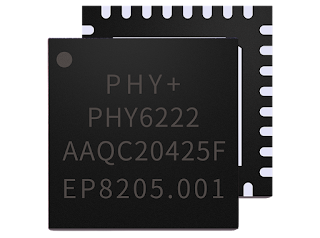GD32E230, Cortex-M3 for Industrial Applications
32bit ARM Cortex-M23 core Up to 72 MHz operation frequency Single-cycle multiplication and hardware diviEder Ultra-low power, energy-efficient operation Excellent code density Integrated Nested Vectored Interrupt Controller (NVIC) 24-bit SysTick timer Internal Bus Matrix connected with AHB master, Serial Wire Debug Port and Single-cycle IO port Nested Vectored Interrupt Controller (NVIC) Breakpoint Unit(BPU) Data Watchpoint and Trace (DWT) Serial Wire Debug Port Embedded Flash Up to 64 Kbytes of Flash memory Up to 8 Kbytes of SRAM with hardware parity checking Clock Internal 8 MHz factory-trimmed RC and external 4 to 32 MHz crystal oscillator Internal 28 MHz RC oscillator Internal 40 KHz RC calibrated oscillator and external 32.768 KHz crystal oscillator Integrated system clock PLL 1.8 to 3.6 V application supply and I/Os Boot Boot from main flash for user code Boot from system memory for boot code Boot from on-chip SRAM Power Saving Modes Sleep, Deep-sleep and Stand...




